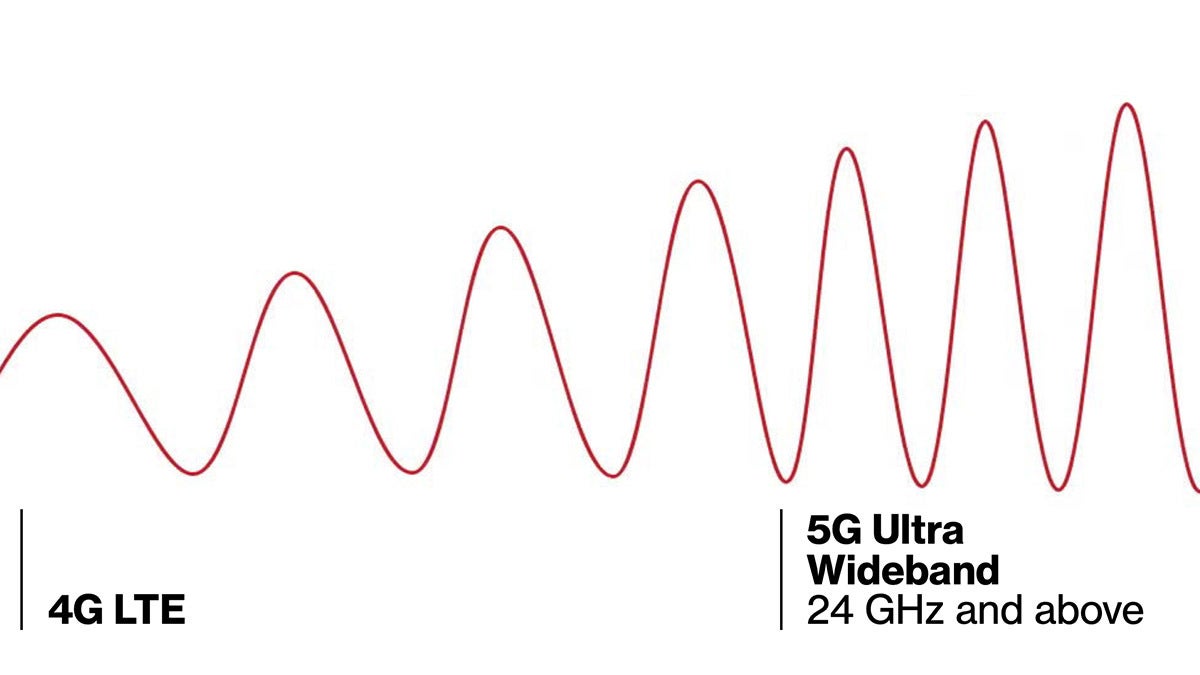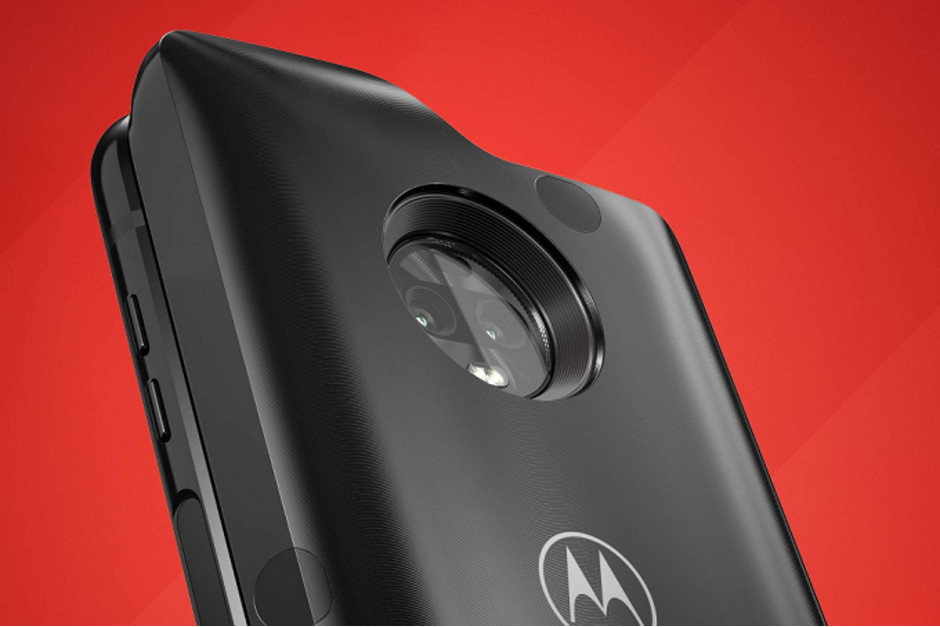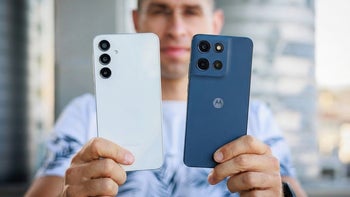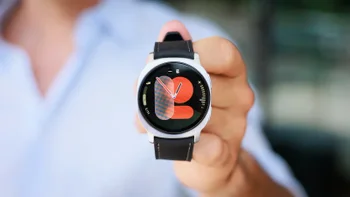5G bands cheat sheet: Verizon vs AT&T vs T-Mobile vs World

The launch of 5G brought faster broadband speeds and lower latency than any mobile tech before it. Since its debut in 2019, 5G connections worldwide have soared past 1.5 billion by 2024, marking it as the fastest-growing mobile technology we've seen so far.
The US was at the forefront of its rollout, especially in the early days. It felt like a gold rush in the wild west, with major mobile carriers scrambling to outdo each other in providing the broadest, most reliable and quickest coverage possible.
However, 5G connectivity is not as simple as its predecessors. There are different "bands" of 5G, each serving its own unique purpose, complementing the rest. So, the question is what bands do the major US carriers such as AT&T, Verizon, T-Mobile support, and how do they compare to the rest of the world?
In this article, we'll break down the key elements of 5G networks and the various types of 5G bands. We'll take a trip down memory lane to see how these bands have evolved since their debut, giving users their first taste of blazing speeds. Plus, we'll explain how 5G operates and the impact of these bands on coverage. So, let's jump in!
Also read:
5G bands
5G is really three different types of bands and it's important to know the difference

5G comes in three main types:
- Low-band (600 MHz to 1 GHz): Travels over long distances but is slower, has speeds similar to 4G.
- Mid-band (1 GHz–6 GHz): Strikes a good balance between speed and coverage, the backbone of 5G networks.
- High-band/mmWave (above 24 GHz): Super-fast but doesn't travel far as it is easily blocked by obstacles.
5G stands out from previous generations with its ability to juggle multiple bands, each with unique strengths and weaknesses. The real magic happens when all three bands work together, leveraging different frequencies simultaneously. This flexibility gives 5G a huge edge in adaptability, boosting both coverage and reliability across different areas.
mmWave bands are the powerhouse behind 5G’s fast speeds, but they’re also the trickiest to handle. To tap into the amazing speeds of high-band 5G, phones need extra hardware, like specialized antennas, making it a premium feature mostly found in pricier devices. That’s why only top-tier phones tend to unlock this level of 5G performance. However, in 2024, some budget-friendly and mid-range options also support mmWave bands.
5G bands and their frequency spectrums
mmWave spectrum 5G bands:
- n260 (37 GHz to 40 GHz)
- n261 (27.5 GHz to 28.35 GHz)
- n257 (26.5 GHz to 29.5 GHz)
- n258 (24.25 GHz to 27.5 GHz)
- n259 (39.5 GHz to 43.5 GHz)
Mid-band 5G spectrum:
- n77 (3700 MHz)
- n41 (2500 MHz)
Low-band 5G spectrum:
- n2 (1900 MHz)
- n5 (850 MHz)
- n71 (600 MHz)
Now let's take a look at what 5G bands each US carrier supports. Keep in mind that this a rather simple representation of the bands these carriers cover, but it gives a good enough overall look to make an educated guess where to purchase your phone, if 5G coverage is important to you.
| Verizon | AT&T | T-Mobile |
|---|---|---|
|
|
|
T-Mobile 5G bands
Industry leader with n41, n71, n261, n260
T-Mobile has cemented its reputation as the leader in 5G rollout across the US. Actually, it snagged the title of 5G world champion once again in 2024. How? Instead of diving straight into mmWave like its competitors, T-Mobile prioritized mid-band 5G to deliver reliable wireless connectivity nationwide.
Post-Sprint merger, T-Mobile wasted no time converting Sprint’s vast mid-band spectrum to 5G on band n41, giving it a head start in both speed and coverage since 2020 – and it’s still going strong. That’s been its secret edge. Spot the “UC” on your T-Mobile signal? That means you’re tapped into the “ultra capacity” network, or simply, one of those speedy mid-band connections.
T-Mobile’s approach to 5G includes maximizing its use of mid-band airwaves, often delivering up to 110MHz – compared to AT&T’s 40MHz and Verizon’s 60MHz. T-Mobile even got FCC approval to release some of its mmWave spectrum, citing that rolling out this high-band tech widely isn’t practical for public benefit. As it stands, T-Mobile’s mmWave is reserved for small downtown areas only.
T-Mobile’s approach to 5G includes maximizing its use of mid-band airwaves, often delivering up to 110MHz – compared to AT&T’s 40MHz and Verizon’s 60MHz. T-Mobile even got FCC approval to release some of its mmWave spectrum, citing that rolling out this high-band tech widely isn’t practical for public benefit. As it stands, T-Mobile’s mmWave is reserved for small downtown areas only.
In the meantime, T-Mobile has plans to launch a 5G-Advanced service by late 2024, which promises faster speeds, lower latency, and the ability to manage even more traffic without hiccups.
T-Mobile also uses its 600 MHz low-band spectrum on LTE Band 71, which was formerly used by channels 38 to 51 on UHF-based TVs. These are low-frequency signals that easily travel far and wide.
T-Mobile also uses its 600 MHz low-band spectrum on LTE Band 71, which was formerly used by channels 38 to 51 on UHF-based TVs. These are low-frequency signals that easily travel far and wide.
Verizon 5G bands
n2, n5, n77, n66, n261, n260
Verizon's mid-band 5G roll-out is the biggest upgrade to the carrier network in years and it makes a real difference and delivering much faster speeds to people who are covered.
Historically, Verizon started building out its 5G network by focusing exclusively on the mmWave technology, using the 28 GHz and 39 GHz bands. This brought amazing speeds but only to a very limited number of people as mmWave airwaves don't travel long distances.
However, back in 2022, Verizon has widely expanded its C-band (mid-band). This is Verizon's primary 5G band, offering a balance of speed and coverage. It operates in 3.7 GHz to 3.98 GHz range. Since the launch, we have seen posts on Reddit from users impressed with 500 Mpbs+ speeds in many of the cities.
AT&T 5G bands
n5, n77, n260
After dominating the market in 4G LTE technology, AT&T has been slow adopting 5G tech compared to the other 2 big carriers. However, AT&T has been expanding its 5G network and improving its coverage and speeds over time.
In 2024, AT&T also uses a combination of low-band, mid-band and high-band (mmWave) spectrum for its 5G network. For example, AT&T has deployed 39 GHz mmWave in some areas, offering speeds up to 3 Gbps.
AT&T has also been ramping up its 5G game as the second-largest investor in the C-band spectrum after Verizon. Thanks to the latest phase of C-band clearing from satellite providers, AT&T now holds at least 100 MHz of mid-band spectrum across the contiguous US and an average of 120 MHz nationwide, spanning 406 locations.
The carrier has branded its C-band 5G as "5G Plus" and reports that its mid-band 5G coverage now reaches over 175 million people across the country. With the help of C-band technology, AT&T has improved its average 5G speeds by a whopping 75.2 percent year-on-year.
In the early days of 5G, AT&T also grew to "fame" for confusing users by labeling 4G technology as 5G Evolution. This was potentially misleading as you cannot just rebrand a 4G network and call it 5G. What AT&T has done then was it had upgraded cell towers and added new small cells that use LTE Advanced with technologies such as 3-way carrier aggregation, 4x4 MIMO and 256-QAM modulation. These technologies have allowed for improved speeds with theoretical peaks of up to 400 Mbps. Great for users, but still not quite fast enough to qualify as true 5G.
USA vs World
As you can see, while the big US carriers started with a mmWave push, the current focus is on expanding the mid-band network, something that European carriers have been doing all along.
This has allowed many of those European countries to have meaningful coverage far exceeding that in the US from the very launch of the service in the first half of 2019.
By 2024, four EU nations – Denmark, the Netherlands, Malta, and Cyprus – boasted 100% household coverage for 5G, even if they aren't fully utilizing the mmWave spectrum. The EU's overall average for 2023 was 89.3%, with nearly half of the member countries reporting that over 96% of households had access to 5G.
Germany and Croatia are leading the charge in Europe, having assigned 100% of the spectrum across all three bands. Other countries making impressive strides toward full coverage include Austria, Denmark, Finland, Greece, and Spain, all nearing that 100% mark in every band.
Phones with 5G support
Added cost

The first phone to support 5G was Moto Z3 with 5G Moto Mod.
The first 5G phones started arriving in the first half of 2019, and most phones these days come with some form of 5G support.
The very first and actually the most affordable phone to support the new technology was the Moto Z3 that was launched on August 16, 2019. The phone itself did not have a 5G modem built-in, but you could add 5G connectivity via a Moto Mod, a bulky, $350 snap-on piece that worked with Verizon's 5G network only.
Here are the most popular 5G phone models right now:
- iPhone 16, iPhone 15 and iPhone 14 series
- Samsung Galaxy S24 series, Galaxy S23 and Galaxy S22 series, including the FE models
- Google Pixel 9 series, Google Pixel 8 and Pixel 7 series, including the A-series models
- OnePlus 12
- Galaxy A55 5G, A54 5G editions
- Galaxy A35 5G
- Galaxy A16 5G and A15 5G
Beware that certain models sold at a particular carrier and marketed as 5G might not have the bands necessary to operate 5G on a different carrier. One common occurrence has been for Verizon to get exclusive versions of 5G phones that would support mmWave on Big Red, while the same phone sold on AT&T and T-Mobile would not have mmWave support and would typically cost a bit less.
Benefits of 5G over previous technologies
5G offers significant advancements over its predecessors, 4G, 3G and earlier and here are some of the key benefits:
- Faster downloads and uploads: 5G networks can deliver significantly faster data speeds, allowing for quicker downloads, uploads, and streaming.
- Reduced buffering: This translates to smoother video streaming, faster app downloads, and more efficient file transfers.
- Reduced delay: 5G networks have significantly lower latency, meaning less delay between sending and receiving data.
- Real-time applications: This enables real-time applications like remote surgery, autonomous vehicles, and virtual reality experiences.
- More devices connected: 5G networks can handle a much larger number of connected devices simultaneously.
- More reliable connections: 5G networks offer more reliable connections, reducing dropped calls and slowdowns.
In a nutshell, 5G is revolutionizing the way we connect and interact with technology, paving the way for a future of innovation and convenience. And with 5G now more widely accessible, all eyes are turning to what’s next: 6G. While still in its early stages of development, it promises to deliver unprecedented speeds and low latency and holds the potential to transform various industries.
Follow us on Google News




![Some T-Mobile users might be paying more starting in March [UPDATED]](https://m-cdn.phonearena.com/images/article/176781-wide-two_350/Some-T-Mobile-users-might-be-paying-more-starting-in-March-UPDATED.webp)









Things that are NOT allowed:
To help keep our community safe and free from spam, we apply temporary limits to newly created accounts: